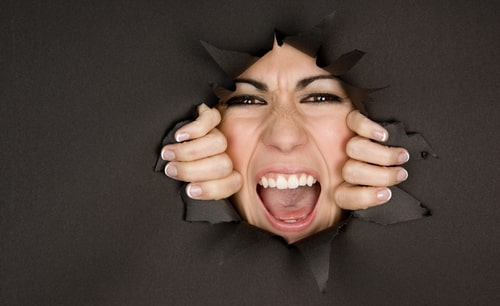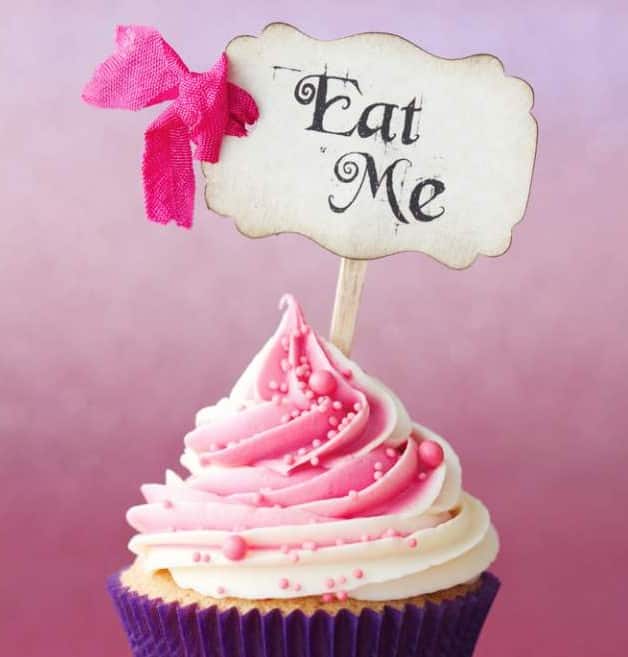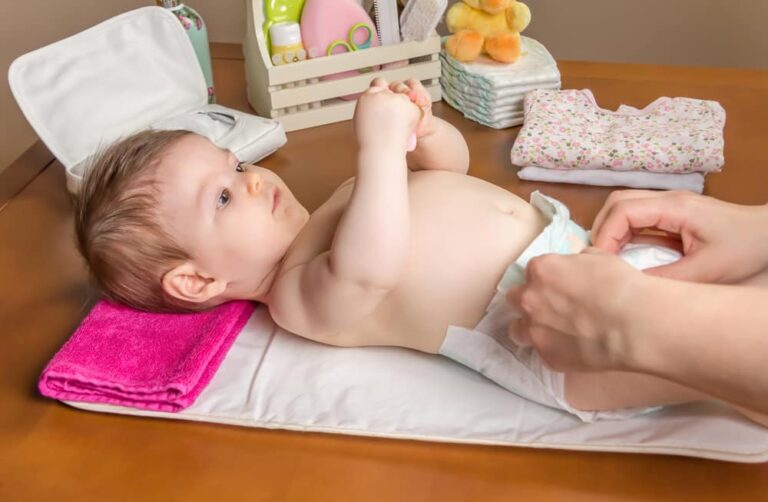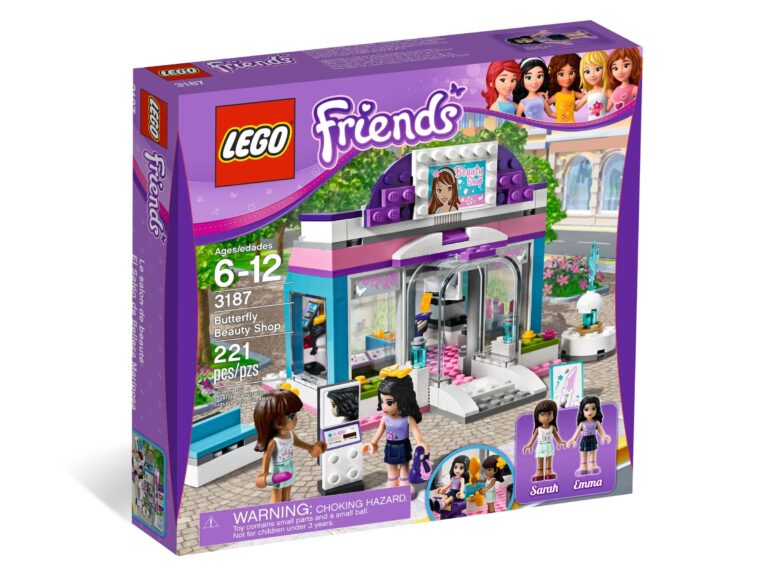Family Therapist Tells Mommyish That Parents Should Throw Their Own Temper Tantrums To Deal With Anger
 Jude Bijou is a respected psychotherapist with an MA, an MFT, and multiple published self-help books. And she thinks you need to start taking behavior advice from your toddler. Nope, I’m not kidding.
Jude Bijou is a respected psychotherapist with an MA, an MFT, and multiple published self-help books. And she thinks you need to start taking behavior advice from your toddler. Nope, I’m not kidding.
In an interview that launched a Mommyish Debate before it ever happened, I sat down with Jude to talk about anger, coping mechanisms, and how parents can learn to process their emotions with their children. And I was a little shocked when she told me that us parents need to “take a page from your kid’s playbook.” That’s right, Moms. She wants you to start throwing your own temper tantrums.
“Kids, they have a meltdown, a temper tantrum. But then they get over it. That’s what we need to do as adults.” I was a little surprised to hear someone say that my 5-year-old might be handling her anger better than I was. But Jude explained, “We try to take a deep breath or count to ten, but we really need to do is handle all of that energy.”
According to Jude, anger creates a negative energy inside of us and we need to find a way to release it. The best way to do that? Constructive, safe physical exertion. “Stomping, pushing against the wall, pound the pillow, grimaces, yelling…” All of it counts and all of it may help parents get rid of their negative energy and return to a more balanced mindset before they handle whatever issue they’re having with their child.
So what would this type of coping mechanism look like? Let’s lay it out.
You’ve had an insanely long day. You’re tired and stressed and you have a million things to do before you can fall asleep tonight. You’re standing in the kitchen, preparing dinner, when little Susie starts whining that she wants a cookie. “Pleeeeeeeease Mom,” she begs as she pulls at your leg. The first couple of times, you simply tell her, “No.” But now, you’re starting to get frustrated. You’re about to snap, “You should know by now that you cannot have a snack before dinner!”
Instead, you look down at Susie and say, “Mommy is a little frustrated right now. I need a minute. Can you wait in your bedroom and we’ll talk about it.” Then, you proceed to punch your bedroom pillow and you’ve worked up a sweat and you don’t feel like a ticking time bomb. Now, you’re ready to deal with your little one and her request calmly.
Here’s where the second part of Jude’s approach comes in. She bases it on an influential quote by Albert Ellis. “People and things are the way they are and not the way I want them to be.” It’s about acceptance and dealing with the situation in front of you, not how you think things should be.
Should Susie know that she can’t have a cookie before dinner? Maybe. But she’s asking for it anyways. That’s what she is choosing to do right now and that’s the behavior that the parent should be addressing. So instead of saying, “You should know better,” Jude recommends focusing on your own feelings, while still saying firm. You could say, “I don’t want you to have a cookie before dinner because I want you to have a healthy meal.”
Now, here comes another important part for parents to remember, one that many of us might approach differently. If little Susie starts crying or yelling because she can’t have a cookie, Jude proposes that we need to let her have those emotions and process them in her own way. As in, “I can understand why you’re upset and that’s okay. You take a minute and get that frustration out before we eat dinner.” You don’t give in to the child’s demands, but you allow them to have their own response to the situation and learn how to deal with it.
Constructive, physical ways to process anger are a keystone to Jude’s philosophy, which she calls “Attitude Reconstruction.” She’s written an entire book about the ways that people can learn to process their negative emotions, instead of bottling them up where they might lead to less healthy coping techniques.
I mentioned that for plenty of people, they believe that they have healthy coping that doesn’t necessarily involve screaming or hitting or stomping. But Jude contends that almost all of us have those impulses deep down. “I would recommend that everyone deal with their anger in a physical manner. That’s what kids do. It’s natural. We get these messages from culture that keep up from doing what’s natural. But moving that energy is not a shameful thing. We need to get through our embarrassment a little. Work up a sweat. Feel the emotion.”
As mothers, we learn plenty of from our children. But I have to admit that I had never considered that my toddler’s way of handling anger was the healthy one. Temper tantrums are normally considered a horrible habit that parents need to eradicate from their kids’ playbooks, not a quality to admire.
That being said, physical activity is a really amazing way to get rid of hostility and negative emotions. Using a quick burst of activity to process our anger so that it doesn’t come shooting out at our kids sounds a lot more realistic than counting to ten. Maybe Jude is right. Instead of suppressing our anger, we might want to try finding a constructive way of releasing it, so that we’re calm and cool-headed when the time comes to address any issue with our kids.
Really, anything is better than losing your cool with your little one. I think all of us would agree on that.
(Photo: Christopher Boswell/Shutterstock)






